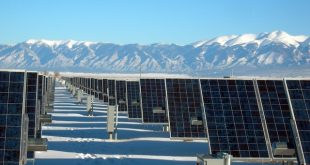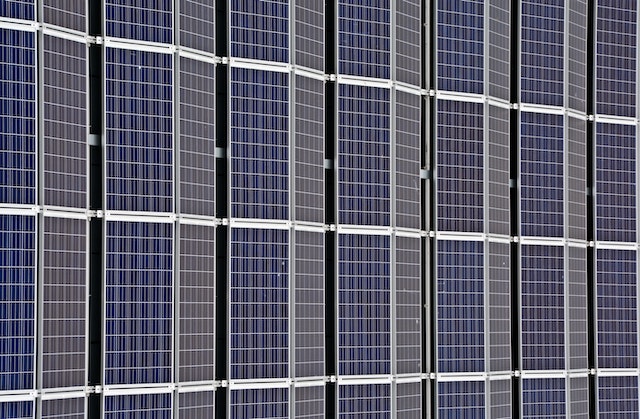Thin-film solar panels, also known as thin-film photovoltaics (TFPV), are a type of solar panel that uses thin layers of photovoltaic material to convert sunlight into electricity. These panels are made by depositing a thin layer of photovoltaic material, such as silicon, onto a substrate, such as glass or plastic.
One of the main advantages of thin-film solar panels is that they are lightweight and flexible, making them easy to install on a variety of surfaces. They are also more durable than traditional solar panels, as they are less likely to break or crack. Additionally, they have a lower environmental impact than traditional solar panels, as they require less material and energy to produce.
There are several different types of thin-film solar panels, each with their own unique characteristics. Some of the most common types include:
Amorphous silicon (a-Si) panels: These panels are made by depositing a thin layer of amorphous silicon onto a substrate. They have a lower efficiency than crystalline silicon panels, but they are also less expensive to produce.
Cadmium telluride (CdTe) panels: These panels are made by depositing a thin layer of cadmium telluride onto a substrate. They have a higher efficiency than a-Si panels, but they also have a higher cost of production.
Copper indium gallium selenide (CIGS) panels: These panels are made by depositing a thin layer of copper indium gallium selenide onto a substrate. They have the highest efficiency of all thin-film solar panels, but they also have the highest cost of production.
One of the main challenges facing thin-film solar panels is their lower efficiency compared to traditional solar panels. This means that they require more space to produce the same amount of electricity. However, as technology continues to improve, we can expect to see thin-film solar panels with higher efficiencies.
Another challenge facing thin-film solar panels is their durability. Thin-film solar panels are more sensitive to extreme temperatures and weather conditions than traditional solar panels, which can affect their performance over time. However, this can be mitigated by ensuring proper installation and maintenance.
Despite these challenges, thin-film solar panels are becoming increasingly popular, particularly in the residential and commercial sectors. As the cost of production continues to decrease and efficiency improves, we can expect to see thin-film solar panels becoming a more common sight on rooftops and building facades.
Overall, thin-film solar panels are a promising technology with a number of advantages over traditional solar panels. They are lightweight, flexible, and durable, and they have a lower environmental impact. As technology continues to improve, we can expect to see thin-film solar panels becoming an increasingly important source of renewable energy.

